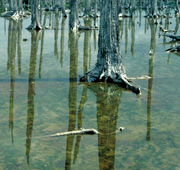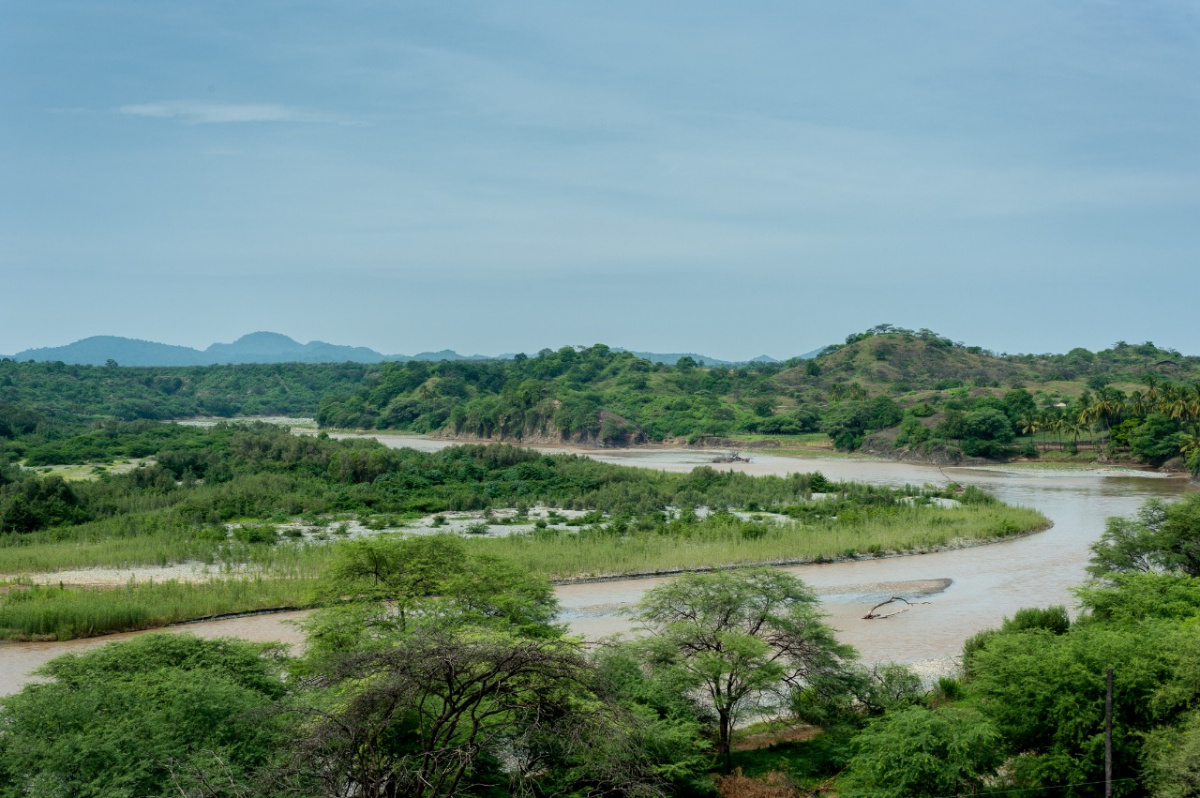Water and climate change adaptation
Climate change and its consequences, ranging from increasingly destructive storms to rising sea levels, have become prominent features in the international news.

Photo: IUCN Photo Library © Jim Thorsell
Climate change is having an impact on the water cycle, raising the issue of whether we should be investing in adapting to these impacts or focusing on more pressing water resource issues, such as providing water and sanitation for increasing populations? If investment in adapting to climate change is a priority, then is it best to invest in protecting natural ecosystems or developing engineered infrastructure?
“The traditional way of handling extreme events such as floods and droughts, with engineering works should be complemented with the ecosystems approach which integrates the management of land and water that promotes conservation and sustainable use in an equitable way”, says Dr. Max Campos, Review Editor for the Latin American Chapter for IPCC Impacts and Adaptation Report .
“Climate change is indeed an important issue, but it needs to be seen in context of the many other global challenges affecting water resources such as population growth, urbanization and land use change. Adaptation is vital – but we need to adapt to the full range of factors that are stressing water resources, and not focus on human-forced climate change to the exclusion of everything else”, says Oliver Brown from the International Institute for Sustainable Development (IISD).
“It should be a must for vulnerable communities whether in the developed or developing world to ensure that their development ambitions are prepared for climate change. Adaptation should not be limited to the rich”, said Dr. Henk Van Schaik, Deputy Programme Coordinator UNESCO-IHE. He argued that vulnerable communities in the developed world are preparing and investing to protect their societies, economies and environments to the impacts of climate change. This is not so in transition economies nor in developing countries.
Going beyond the issue of investment in pressing development issues or adaptation measures, is the question of looking at natural versus engineered solutions.
“Conventional approaches to climate change adaptation range from water conservation and efficient use to new operational techonologies”, says Dr Mark Smith, Head of the IUCN Water Programme. “Dams and reservoirs are still considered as the most effective structural means of risk management. But we need to start thinking of the environment as infrastructure for adaptation as well. Health and intact river basins, wetlands and floodplains make us less vulnerable to climate change. Lowering risk is a good reason for investing in watersheds and the environment.”
Darren Saywell from the International Water Association (IWA) stressed that “we need to work with different approaches, selecting locally tailored solutions for demand and supply. In order to maintain or improve access to water and sanitation in light of climate change, these ecological solutions or 'green infrastructure' stand out as cost-effective measures adding a range of ecological benefits, such as reducing the damage of extreme weather events."



